In 1578 in Amsterdam, the 'Alteration' took place. This meant the city government changed from Catholic into Protestant. From then on, other deonominations than Protestant Christian were allowed, but their churches could not be visible from the street. This lead to the creation of a number of catholic 'hiding churches'.
This museum shows one of these churches that has been preserved.
It is called 'Ons Lieve Heer op Solder' ('Our Dear Lord in the Attic'). It was founded in the 1660's by a German merchant, and lost its function around 1800, when catholic churches no longer had to hide.
You enter the museum in the modern building next door, where you also find the museum cafe and shop. Then you can go through the museum with an audio tour, which explains about the rooms you walk trough. There is not only the church room itself, but also a bedroom, a living room and several other rooms.
The museum also has a display about the Silent Procession, and some displays with church silver etc.
This museum has a number of narrow and steep chairs, that are esseential for a meaningful visit. It is certainly not suitable for wheel chairs, and if you have difficulty climbing chairs, this museum may not be the right choice. The modern annex building has an elevator, however.
This museum highlights an important historical event in Amsterdam (transition from Catholic to Protestant) and is therefore worth your while.
There are occasional mass celebrations on Sunday in this church.
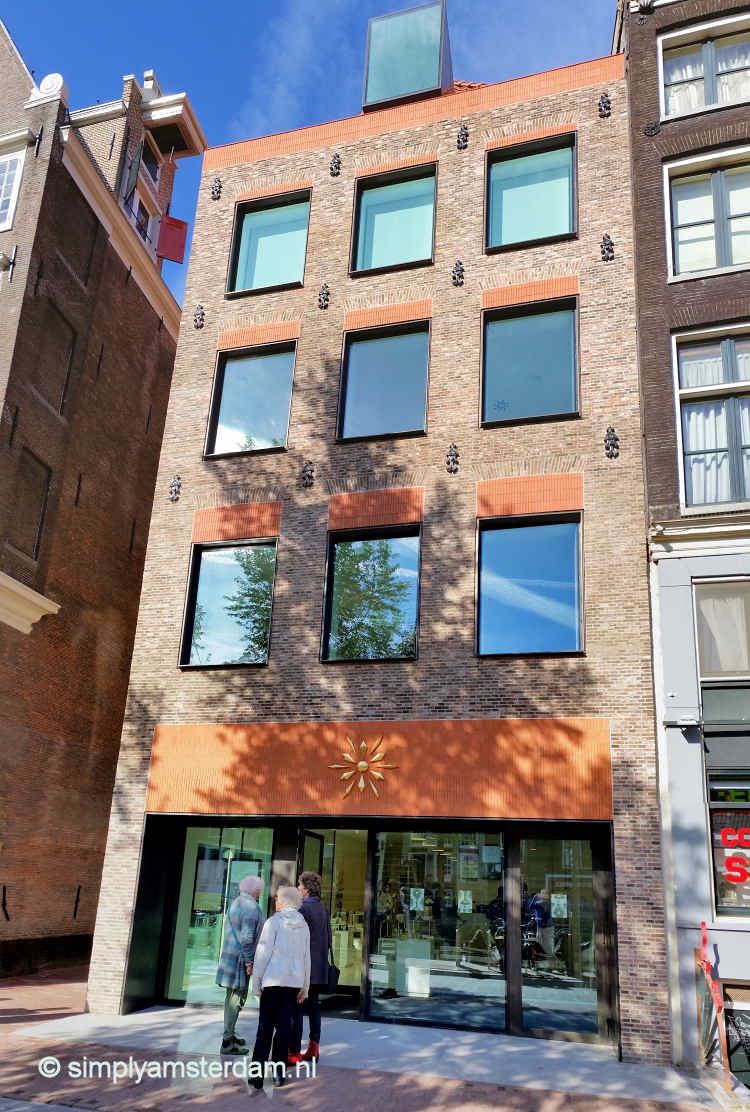
Ons Lieve Heer op Solder - new building
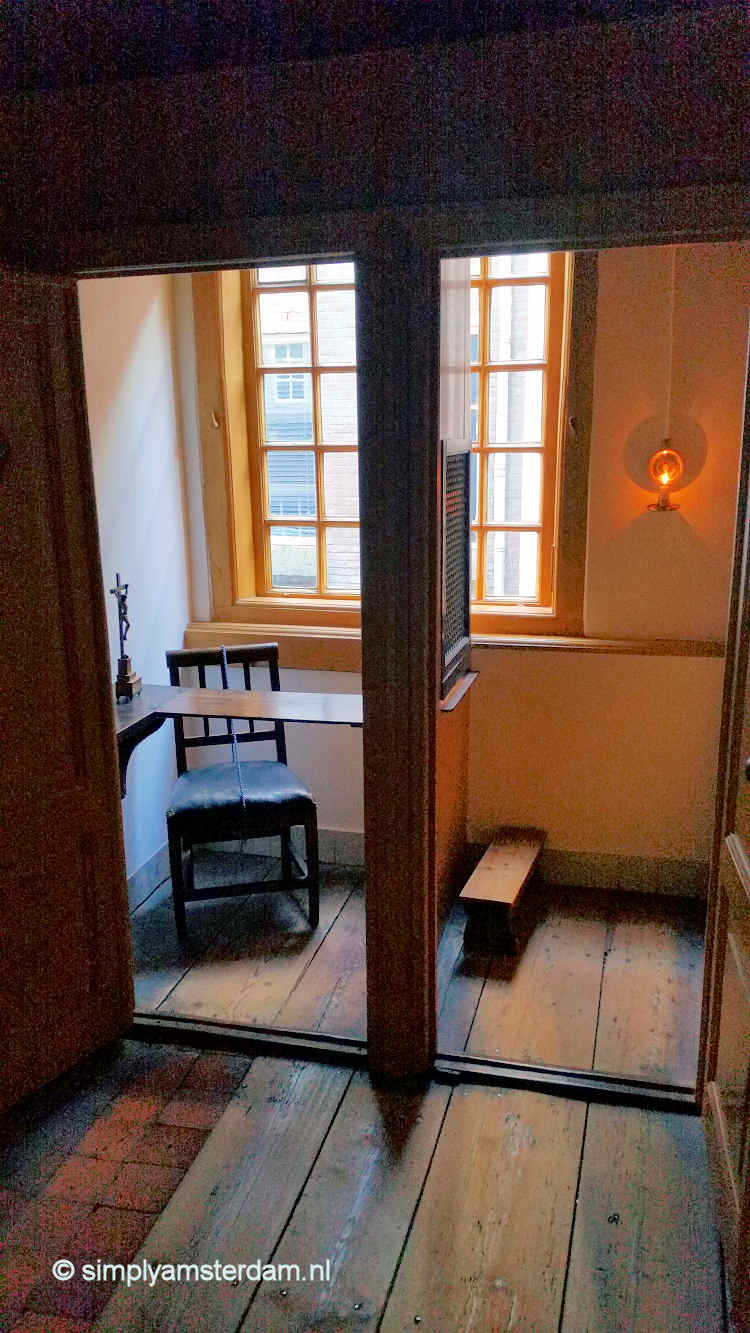
Ons Lieve Heer op Solder - confession booth
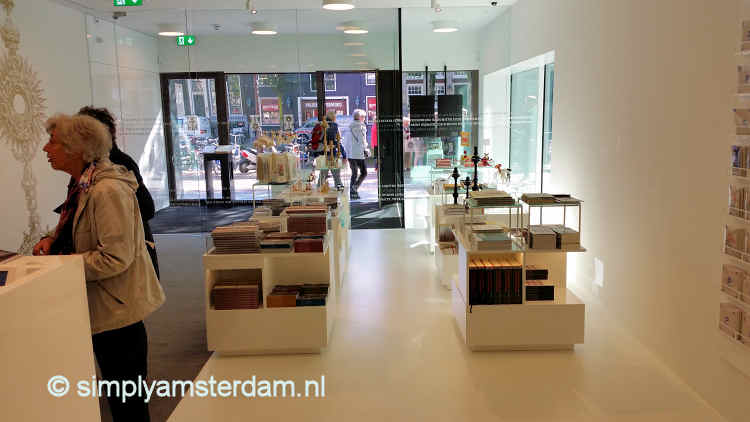
Ons Lieve Heer op Solder - entrance and shop
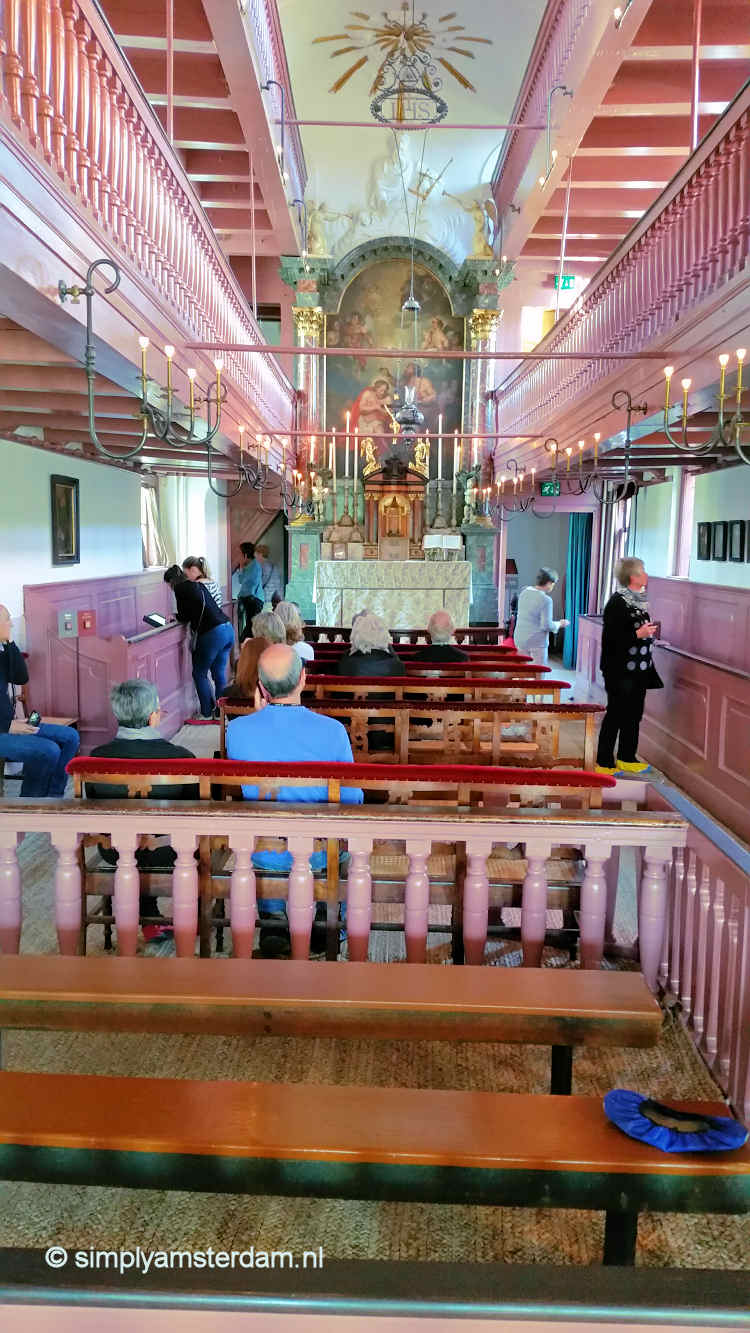
Ons Lieve Heer op Solder - Church
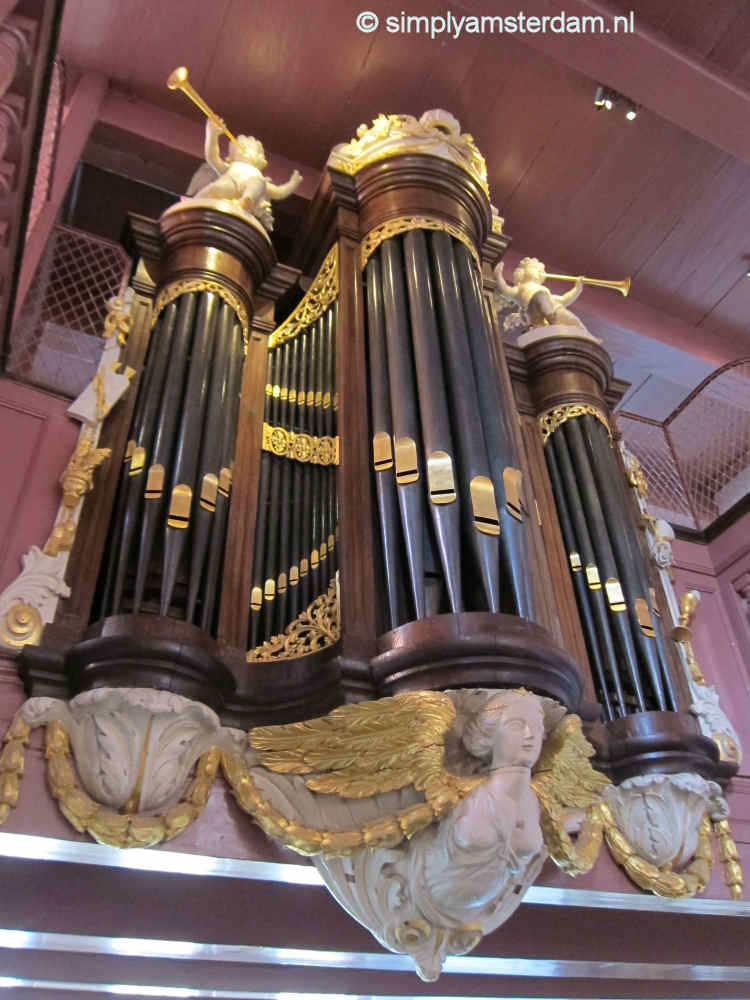
Organ of Ons Lieve Heer op Solder
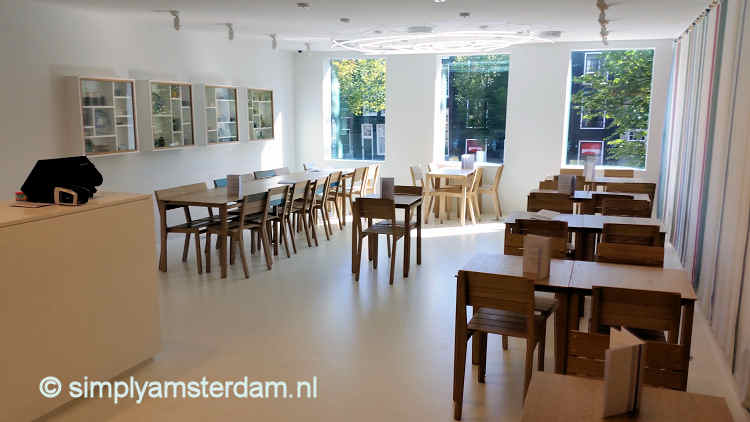
Cafe of Ons Lieve Heer op Solder
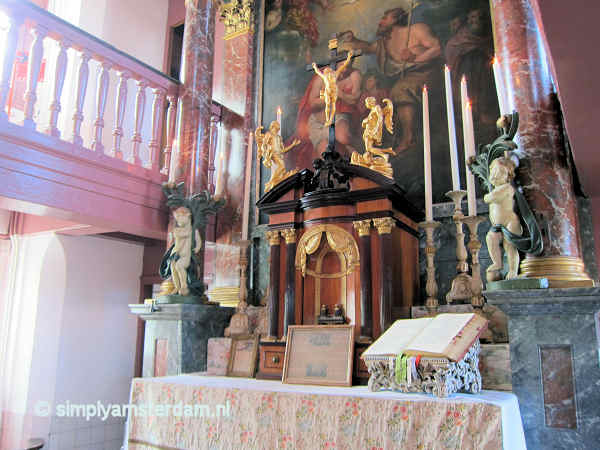
Ons' Lieve Heer op Solder - altar